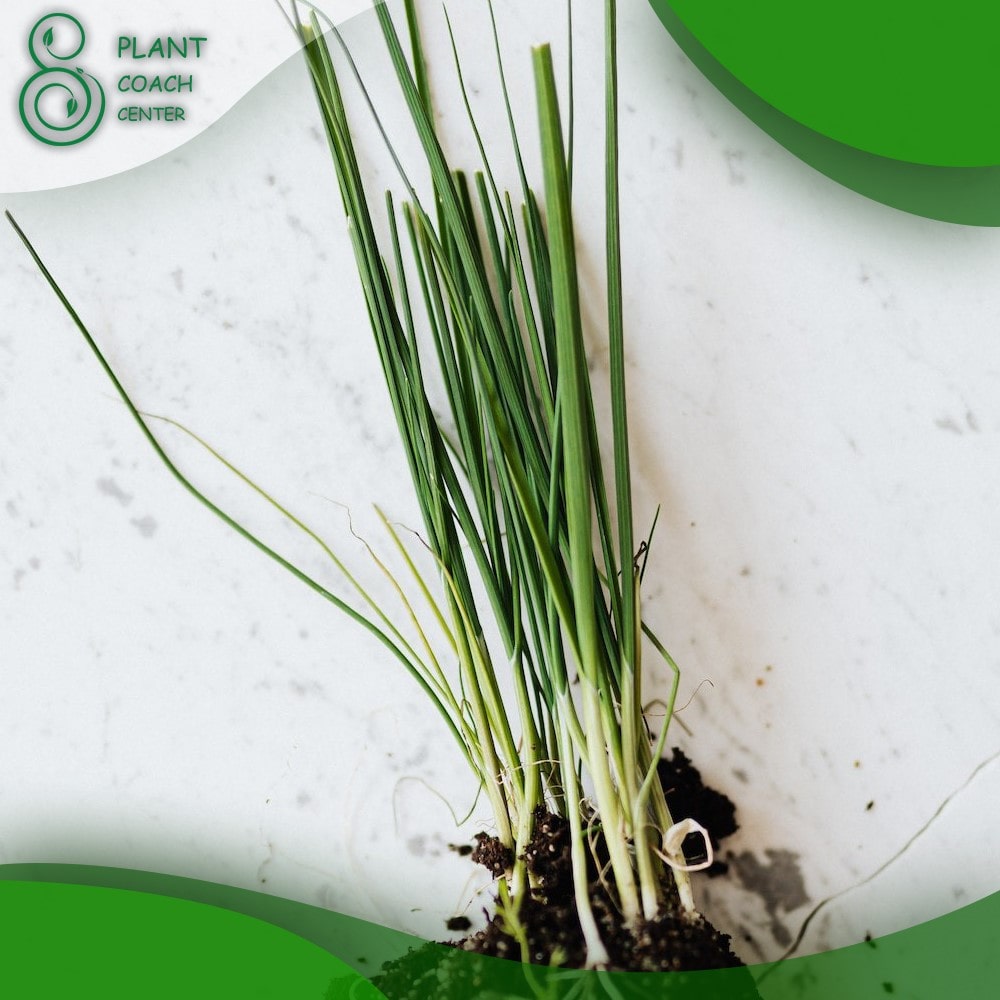When to Plant Out Leeks
Plant Coaching: Maximizing Plant Growth and Success
When it comes to gardening, timing is everything. The art of plant coaching revolves around understanding the right time to perform various gardening tasks, from planting seeds to harvesting crops. A plant coach serves as a guide, helping gardeners make informed decisions about when to take specific actions to optimize plant growth and yield.
In this comprehensive article, we’ll delve into the world of plant coaching as it relates to leeks, a versatile and delicious vegetable. Leeks (Allium porrum) belong to the onion family and are renowned for their mild and sweet flavor. We’ll explore the vital role of timing in leek planting, covering everything from the life cycle of leeks to factors influencing growth, planning for planting, soil preparation, starting seeds indoors, and determining the ideal planting time.
Throughout this article, we’ll provide practical tips and techniques to help you become a successful leek gardener. Remember, for more expert plant advice and resources, visit plantcoachcenter.com, where you’ll find a wealth of information to support your gardening journey.
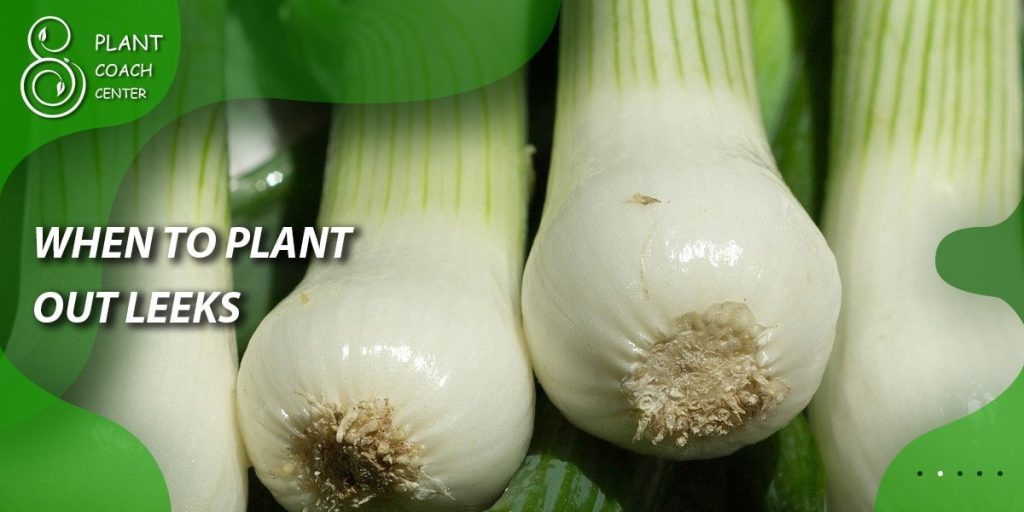
Understanding the Life Cycle of Leeks
Leeks undergo a fascinating life cycle, progressing through different growth stages before reaching maturity. Understanding these stages is crucial for determining the optimal timing of planting and other gardening tasks related to leeks.
Germination: From Seed to Seedling
– Leek seeds require proper conditions like moisture and temperature to germinate.
– Soaking seeds before sowing can enhance germination rates.
– Seedlings typically emerge within 10 to 14 days.
Vegetative Growth: Leaf and Root Development
– After germination, leeks focus on developing their leaves and roots.
– Provide adequate sunlight, water, and nutrients for healthy vegetative growth.
– Regularly monitor and adjust watering and fertilization practices.
Bulb Formation: The Edible Portion of Leeks
– As leeks mature, they develop a bulbous white stem portion.
– Bulb formation is influenced by temperature, day length, and soil conditions.
– Proper timing and care during this stage contribute to desirable bulb size.
Maturation: Determining Maturity for Harvest
– Leeks are ready for harvest when they reach the desired size and maturity.
– Maturity is typically achieved 90 to 120 days after planting.
– Monitoring leaf color, bulb size, and overall plant health helps determine readiness.
Understanding the life cycle of leeks allows us to make informed decisions about planting, fertilizing, and harvesting. In the following sections, we’ll explore various factors that influence leek growth and development, ensuring we optimize timing for each stage.
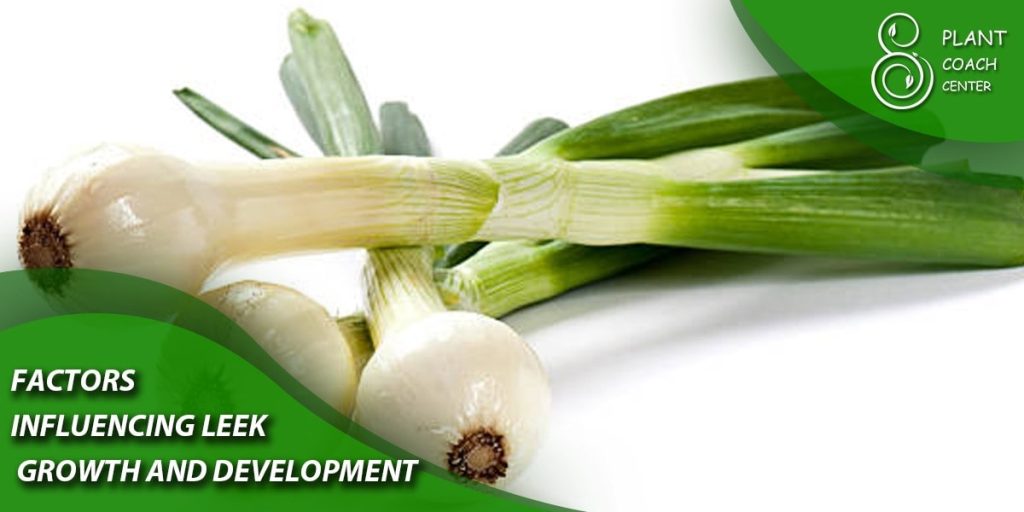
Factors Influencing Leek Growth and Development
Timing is influenced by several factors that impact leek growth and development. These include temperature requirements, day length, moisture, and soil conditions. Let’s take a closer look at each of these factors and their significance in determining the optimal time for planting leeks.
Temperature Requirements for Different Growth Stages
– Leeks are cool-season crops and have specific temperature preferences.
– Seeds germinate best in soil temperatures between 50°F and 70°F (10°C to 21°C).
– Vegetative growth occurs optimally between 60°F and 70°F (15°C to 21°C).
– Bulb development thrives in cooler temperatures, around 55°F to 65°F (13°C to 18°C).
The Role of Day Length in Leek Maturity
– Day length affects the maturation process of leeks.
– Long-day leek varieties require more daylight hours for optimal growth.
– Short-day leek varieties mature with fewer daylight hours.
– Understanding your local day length patterns helps determine the right leek variety and planting time.
Moisture and Soil Conditions for Optimal Growth
– Adequate moisture is essential for leek growth, but avoid waterlogged conditions.
– Consistent soil moisture promotes healthy root development and overall plant vigor.
– Well-draining soil with good organic matter content is ideal for leeks.
– Regularly monitor soil moisture levels and adjust watering practices accordingly.
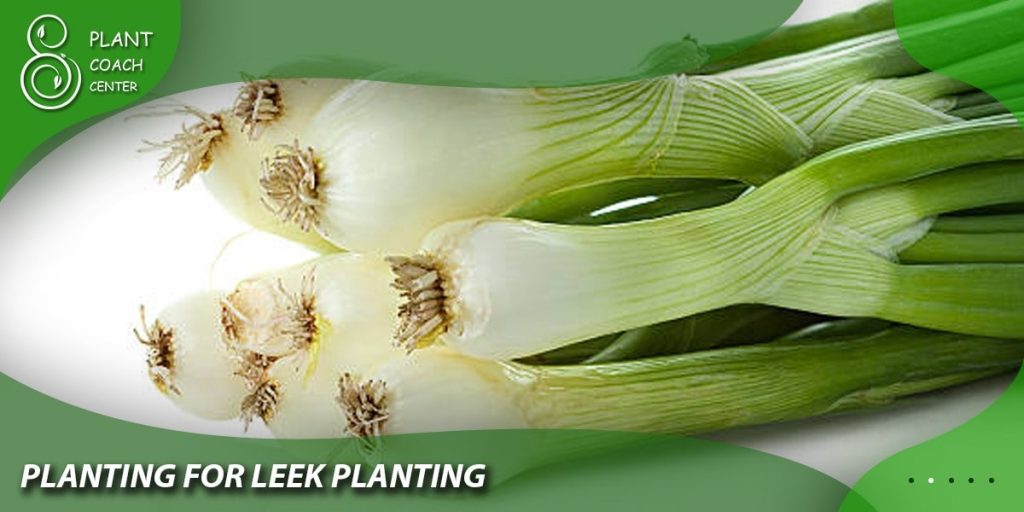
Planning for Leek Planting
Selecting Suitable Leek Varieties for Your Climate
– Choose leek varieties that are well-suited to your local climate and growing conditions.
– Consider factors such as temperature ranges, frost tolerance, and disease resistance.
– Consult local gardening resources or seed catalogs for recommended leek varieties.
Determining the Right Planting Time Based on Frost Dates
– Frost dates play a crucial role in determining the planting time for leeks.
– Identify the average date of the last spring frost and the first fall frost in your area.
– Count backward from the first fall frost date to determine the latest planting time.
– Adjust planting dates based on the specific leek variety and its days to maturity.
Considering Climate and Seasonal Factors
– Take into account your regional climate and seasonal variations.
– Consider factors such as temperature fluctuations, rainfall patterns, and local microclimates.
– Plan your leek planting to coincide with the most favorable climate conditions for optimal growth.
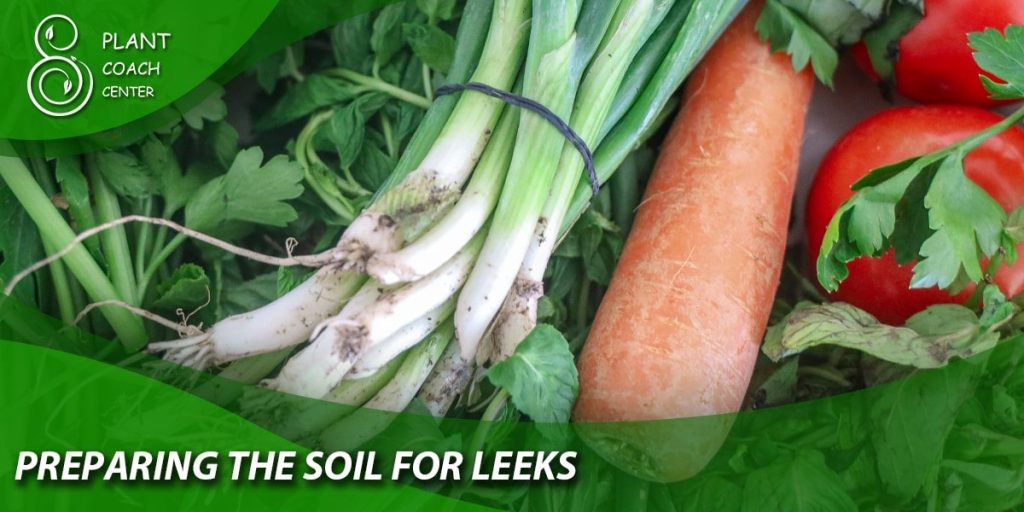
Preparing the Soil for Leeks
Soil Composition and pH Requirements
– Leeks thrive in well-draining soil with a pH range of 6.0 to 7.0.
– Test your soil’s pH and amend it if necessary using organic matter or lime.
– Incorporate compost or well-rotted manure to improve soil fertility and structure.
Soil Preparation Techniques for Leek Planting
– Clear the planting area of weeds, rocks, and debris.
– Loosen the soil to a depth of 8 to 10 inches (20 to 25 cm) using a garden fork or tiller.
– Break up large clumps and remove any compacted soil to create a loose planting bed.
Incorporating Organic Matter and Fertilizers
– Add well-rotted compost or aged manure to enrich the soil with organic matter.
– Apply balanced organic fertilizers or slow-release fertilizers according to soil test recommendations.
– Work the organic matter and fertilizers into the soil, ensuring even distribution.
By planning for leek planting and preparing the soil properly, you set the stage for successful growth. In the following sections, we’ll explore starting leek seeds indoors, direct seeding versus transplanting, and determining the ideal planting time based on frost dates and climate considerations.
Starting Leek Seeds Indoors
Advantages of Starting Leek Seeds Indoors
– Starting leek seeds indoors provides better control over germination and early growth.
– It allows you to extend the growing season and get a head start on planting.
– Seedlings started indoors are generally more robust and have a higher survival rate.
Selecting High-Quality Leek Seeds
– Choose reputable seed suppliers to ensure seed quality and reliability.
– Look for leek varieties that suit your preferences and growing conditions.
– Check seed packets for information on days to maturity, variety characteristics, and sowing guidelines.
Indoor Seed Starting Process and Timelines
– Start leek seeds indoors 8 to 10 weeks before the last spring frost date.
– Fill seed trays or pots with a good quality seed starting mix.
– Sow leek seeds at the recommended depth and spacing as indicated on the seed packet.
– Place the trays or pots in a warm location with sufficient light or use supplemental grow lights.
– Maintain consistent moisture levels and provide gentle air circulation for healthy seedling development.
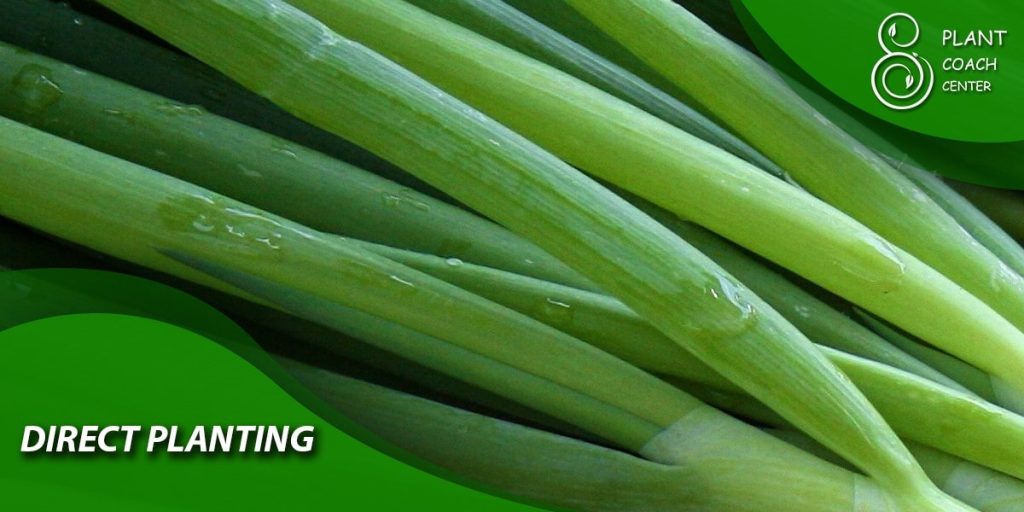
Direct Seeding vs. Transplanting Leek Seedlings
Direct Seeding Leeks
– Direct seeding involves sowing leek seeds directly into the garden soil.
– It is a suitable method for regions with longer growing seasons or mild climates.
– Prepare the soil by following the soil preparation techniques mentioned earlier.
– Sow leek seeds at the recommended depth and spacing, covering them with soil.
– Keep the soil consistently moist until germination occurs.
– Thinning may be necessary once the seedlings emerge to ensure proper spacing.
Transplanting Leek Seedlings
– Transplanting leek seedlings is a preferred method in regions with shorter growing seasons.
– Start leek seeds indoors and grow them to a suitable size before transplanting.
– Harden off seedlings by gradually exposing them to outdoor conditions.
– Dig holes in the garden bed at the desired spacing for transplanting.
– Gently remove seedlings from trays or pots and transplant them into the holes.
– Water thoroughly after transplanting to ensure good root-to-soil contact.
Choosing the Ideal Planting Time
– The ideal planting time for leeks depends on factors such as frost dates and climate.
– For direct seeding, wait until the soil has warmed up to 50°F (10°C) for successful germination.
– For transplanting, aim to set out seedlings in the garden 2 to 4 weeks before the last spring frost.
– Adjust planting dates based on the specific leek variety and days to maturity.
Determining the ideal planting method, whether direct seeding or transplanting, and the timing based on frost dates and climate considerations, ensures the best chances of success in growing leeks. In the next section, we’ll summarize the key points discussed and emphasize the importance of timing in leek gardening.
The Importance of Timing in Leek Gardening

Timing plays a crucial role in every aspect of leek gardening, from seed germination to harvest. By understanding the life cycle of leeks, considering factors that influence growth and development, and planning accordingly, you can optimize the timing of various gardening tasks. Here are the key takeaways:
- Understanding the Life Cycle: Familiarize yourself with the germination, vegetative growth, bulb formation, and maturation stages of leeks to make informed decisions.
- Factors Influencing Growth: Temperature requirements, day length, moisture, and soil conditions significantly impact leek growth and development.
- Planning for Leek Planting: Select suitable leek varieties, determine the right planting time based on frost dates, and consider climate and seasonal factors.
- Soil Preparation: Ensure the soil is well-drained, amend the pH if needed, and incorporate organic matter and fertilizers for optimal growing conditions.
- Starting Seeds Indoors: Start leek seeds indoors to gain better control over germination and early growth, resulting in stronger seedlings.
- Direct Seeding vs. Transplanting: Choose the appropriate method based on your climate and growing season, and adjust planting dates accordingly.
Harvesting and Storing Leeks
Knowing when and how to harvest leeks ensures the best flavor and quality. Follow these guidelines for successful harvesting and proper storage:
– Determining Harvest Time:
– Harvest leeks when they have reached the desired size and maturity.
– Typically, leeks are ready for harvest 90 to 120 days after planting.
– Harvesting Techniques:
– Gently loosen the soil around the leek base using a garden fork or trowel.
– Carefully lift the leek from the ground, grasping the base to avoid damaging the stem.
– Storing Leeks:
– Remove excess soil and trim the roots and tops of the leeks.
– Store leeks in a cool, dark place such as a root cellar or refrigerator.
– Leeks can be stored for several weeks to a few months, depending on the storage conditions.
Enjoying Leeks in the Kitchen
Leeks are versatile vegetables that add flavor and texture to various dishes. Here are some ideas for incorporating leeks into your culinary creations:
– Leek Preparation and Cooking Tips:
– Rinse leeks thoroughly to remove any soil or grit between the layers.
– Slice leeks crosswise into thin rounds or lengthwise into strips for different cooking techniques.
– Use leeks as a flavor base in soups, stews, and stir-fries or sauté them as a side dish.
– Delicious Leek Recipes:
– Leek and Potato Soup: A classic and comforting soup that highlights the delicate flavor of leeks.
– Leek and Mushroom Quiche: A savory tart featuring the combination of leeks and earthy mushrooms.
– Roasted Leeks with Lemon and Parmesan: A simple and flavorful side dish that showcases the sweetness of caramelized leeks.
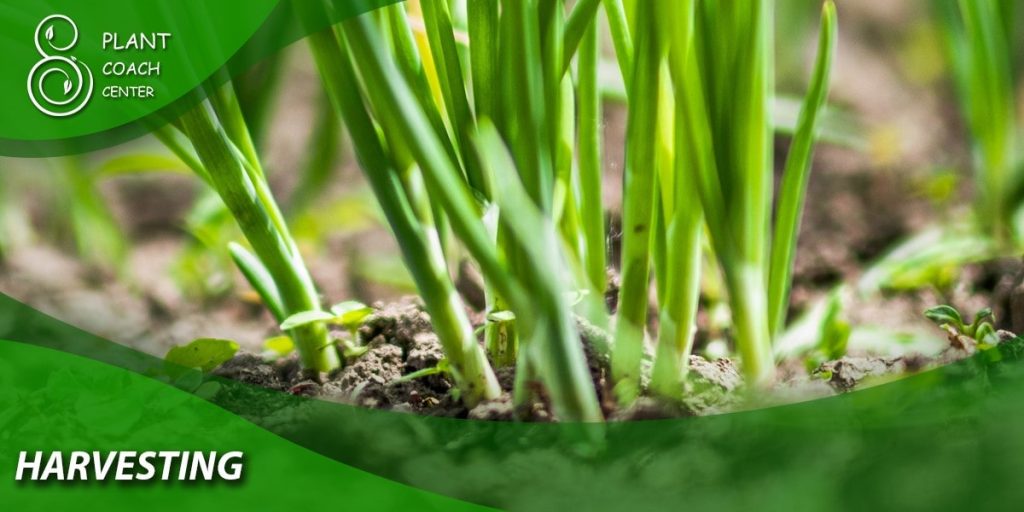
Conclusion
Successfully planting leeks requires careful consideration of various factors, from understanding their growth stages to determining the ideal planting time and providing proper care. By following the guidelines outlined in this comprehensive article, you can enhance your leek-growing experience and enjoy a bountiful harvest. For more expert plant advice and resources, visit plantcoachcenter.com, where you’ll find a wealth of information to support your gardening journey. Happy leek planting!


